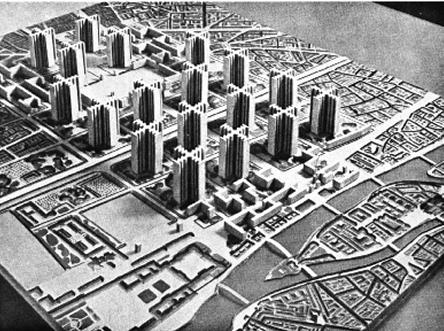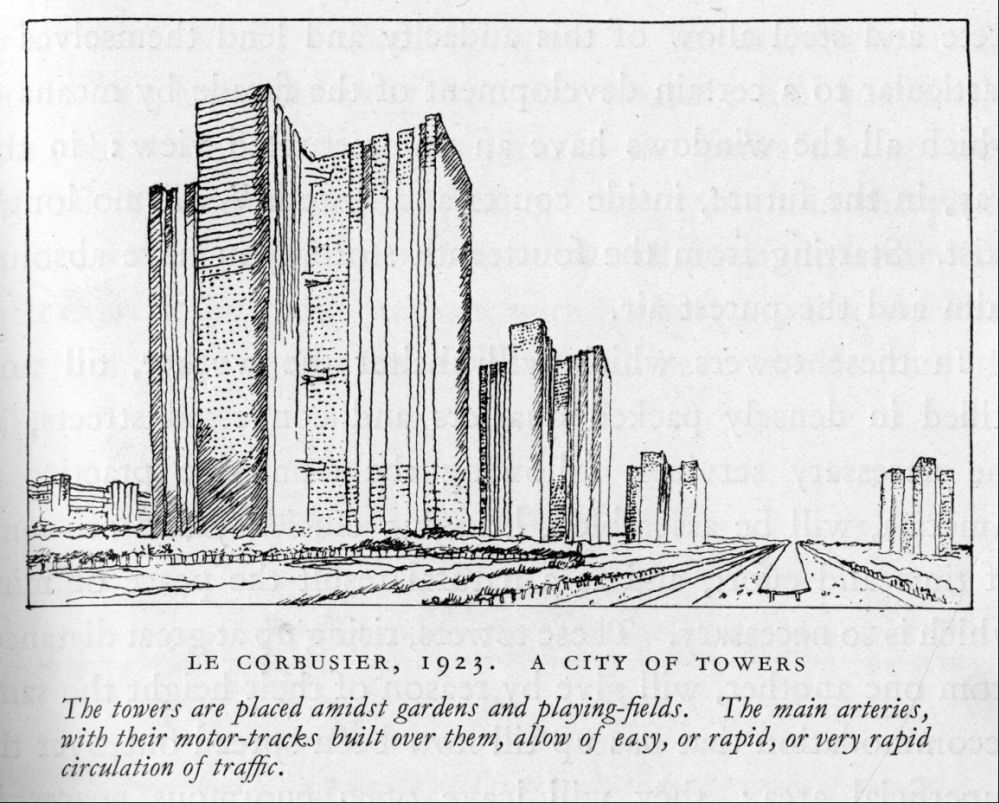Ford is currently helping lead a design justice movement around that idea. He’s also working as the lead architect for the forthcoming Universal Hip Hop Museum, which he calls “the first representation of hip-hop architecture in the world.” In February, Ford launched a hip-hop architecture youth camp in Madison, Wisconsin, where city youth worked with city planners on the Imagine Madison city comprehensive plan. He hopes to replicate that in other cities this year.
Read MoreWhy Diversity in Architecture Matters for Communities and the Bottom Line
Diversity is good for business. According to a McKinsey & Company report, U.S. public companies with diverse executive boards have a 95 percent higher return on equity than those without. Bullock echoes this point: “A firm will be more financially successful if it has more women and people of color as part of its workforce.”
Firms can remain relevant, foster innovation, come up with better solutions for the communities they serve, and improve their bottom line by taking concrete steps to create a culture that fosters diversity in architecture. “Diversity and inclusion does not happen by itself,” Bullock says.
Read MoreThe Hip Hop Architect's Recent Publications
Below is a list of the recent publications which focus on my research involving the intersection of hip hop culture and architecture.
Read MoreGetty Images / Chris Hondros
How Bad Urban Planning Led to The Birth Of A Billion Doallar Genre
"Life in the so-called inner city has always been a major theme in hip-hop. From the desolate state of the Bronx Projects described in Grandmaster Flash’s “The Message” to the poor conditions in parts of Brooklyn and Queens recounted by artists like Jay Z, Biggie, and Nas, rappers have used their music to offer a glimpse into urban spaces across the United States. For decades, they’ve used verses and hooks to allude to the relationship between hip-hop and architecture — overcrowded, dilapidated towers have been the backdrop of the genre since its inception. But that relationship is more significant than it appears to be, says designer Mike Ford, whose pioneering research in the field of hip-hop-inspired architecture has earned him a fitting sobriquet: The Hip-Hop Architect. "
Read More2015 NOMA Magazine Staff Volunteers
The National Organization of Minority Architects (NOMA) announced its talented and diverse group of 2015 NOMA Magazine Volunteer Staff, a group I am honored to be a part of. Our editor in chief is Devanne Pena I'm excited to work with her as she brings new energy and direction to the bi-annual publication.
Read MoreAIA Brooklyn + Hip Hop Architecture
Thanks to AIA Brooklyn (American Institute of Architects - Brooklyn Chapter) for publishing images of the Hip Hop Inspired Architecture exhibit at the 2014 National AIA Convention in Chicago, Illinois in their recent newsletter. Click the button below to access the pdf version of the publication which focuses on distributing information fromt the 2014 AIA Repositioning Report from AIA National.
Dr. Craig Wilkins - Photo by: Art X Detroit
(W)rapped Space - The Architecture of Hip Hop
If you want to know what hip hop architecture is all about, I suggest you start with one of the first individuals to do extensive publications on the concept, Dr. Craig Wilkins. His article, "Warped Space: The Architecture of Hip Hop" published in the Journal of Architectural Education was heavily quoted during my graduate design thesis titled "Cultural Innovation: Hip Hop Inspired Architecture" completed almost ten years ago. Click the "download" link below to read the article.
Read MoreKouyate Toure with Dr. Craig WIlkins' "The Aesthetics of Equity - Notes on Race, Space, Architecture and Music"
Hip Hop Book of The Week - The Aesthetics of Equity - Dr. Craig Wilkins
Dr. Craig WIlkins' "The Aesthetics of Equity - Notes on Race, Space, Architecture and Music"
"Architecture is often thought to be a diary of a society, filled with symbolic representations of specific cultural moments. However, as Craig L. Wilkins observes, that diary includes far too few narratives of the diverse cultures in U.S. society. Wilkins states that the discipline of architecture has a resistance to African Americans at every level, from the startlingly small number of architecture students to the paltry number of registered architects in the United States today.
Read MoreHip Hop Book of The Week - Pharrell: Places and Spaces I've Been
With the current buzz surrounding AIA's (American Institute of Architects) announcement of Pharrell Williams as one of the keynote speakers at the 2014 AIA National Convention in Chicago, I had to give everyone a quick review of his book, "Pharrell: Places and Spaces I've Been".
Read MoreLe Corbusier - The Forefather of Hip Hop?
This blog is about my first publication related to Hip Hop Inspired Architecture and Design, outside of my thesis at University of Detroit Mercy. The article details how LeCorbusier and his grand architectural visions inadvertently contributed to the creation of the environments which birthed Hip Hop. Thus deeming him, the first hip hop architect.






